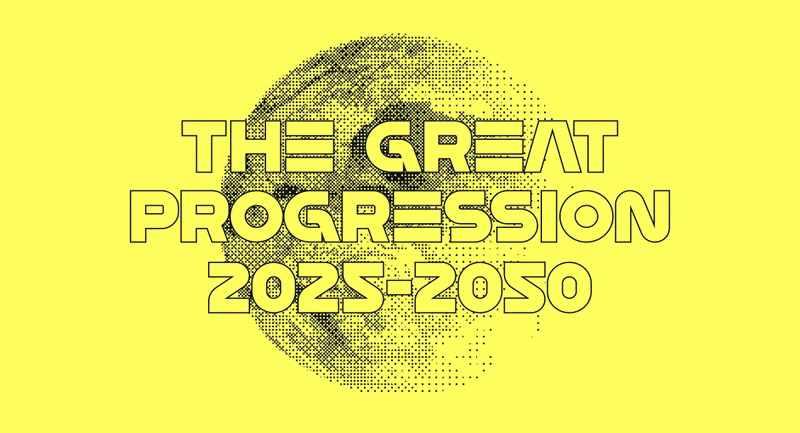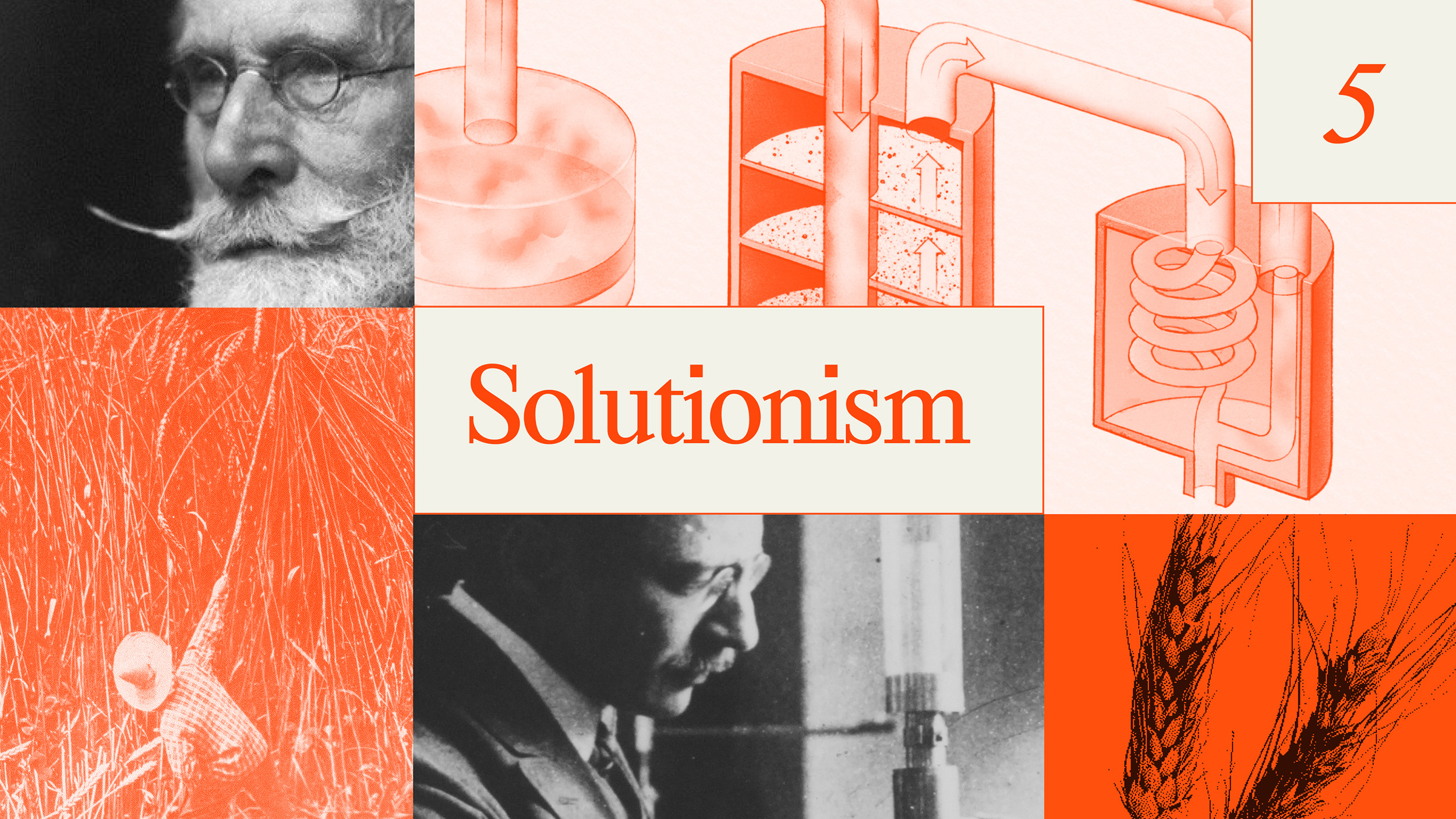As Obama and Industry Focus on New Fuel Efficient Cars, Sales of SUVs Surge

Despite heavy news and advertising attention, and the Obama Administration’s attempts to grow the market for fuel efficient cars through major tax breaks, sales of small-size cars were flat in 2010, reports Peter Whorisky in a front page article in today’s Washington Post. GM expects to sell about 10,000 electric Volts this year and Nissan expects to sell about 25,000 Nissan Leafs, a scant number compared to the millions of SUVs and trucks bought by Americans.
In fact, as Whorisky reports, sales of mid-size SUVs increased more than 40% in 2010 [Graphic]. “You have about 5 percent of the market that is green and committed to fuel efficiency, but the other 95 percent will give up an extra 5 mpg in fuel economy for a better cup holder,” says auto retailer Mike Jackson.
The surge in SUV sales signals trouble for American consumers with gas prices expected to rise sharply to as high as $5 a gallon by the 2012 election, as one expert predicts. As Whorisky notes in the article, the sales of SUVs appears to support the thesis that energy efficiency might boomerang to actually increase consumption. The trend has been that gains in fuel efficiency have been used to build bigger cars with more power, instead of cars that use less overall gas consumption.
An easy inference from the Post article would be to judge the Obama administration’s push of fuel efficient car buying over the past two years as a failure. Yet the massive tax breaks provided by the Feds and the heavy industry promotion of new hybrids and electric cars, are not aimed at catalyzing a widespread market shift in the short term. As I wrote a few months back, the real target are opinion-leading early adopters, talkative and norm-setting neighbors and co-workers who are either motivated by environmental values, price-saving, technology enthusiasm, or a combination of all three.
These early adopters will be a central part of the infrastructure that will enable eventual widespread consumer shifts.
As Whorisky reports at the Post, large numbers of consumers will only start to transition their buying habits towards more fuel efficient cars and away from SUVs when the cost incentives–driven by a significant rise in gas prices–begin to change over the next years. When these incentives are in place for the wider market of consumers, it is the early adopters who will be their guides in making buying decisions and in educating their friends and neighbors about how to maintain and use all-electric or hybrid cars and trucks.
In the meantime, these early adopters–aided by tax breaks from the Feds– make it possible for the car companies to get on the road “beta” versions of high efficiency cars, testing the fueling station systems, home technology, and service needed to keep the cars on the road and consumers happy.
See Also:
Why Nissan and the Feds Are Investing Heavily in First Generation Buyers
Former Shell Executive Predicts $5 a Gallon Gas Prices
Nisbet, M.C. & Kotcher, J. (2009). A Two Step Flow of Influence? Opinion-Leader Campaigns on Climate Change. Science Communication, 30, 328-358. (PDF).




